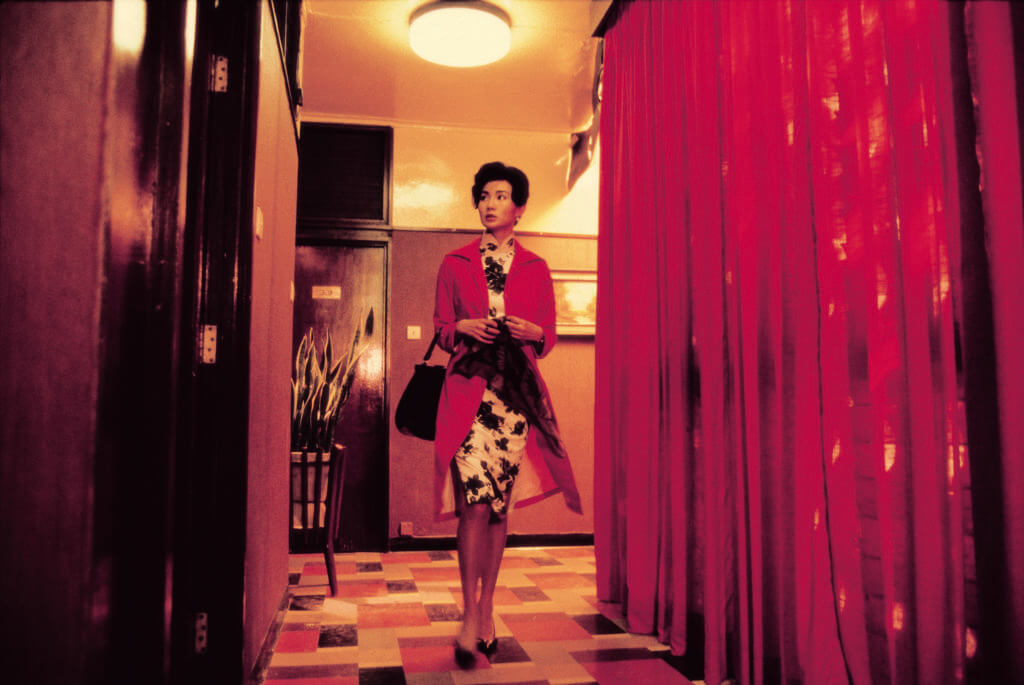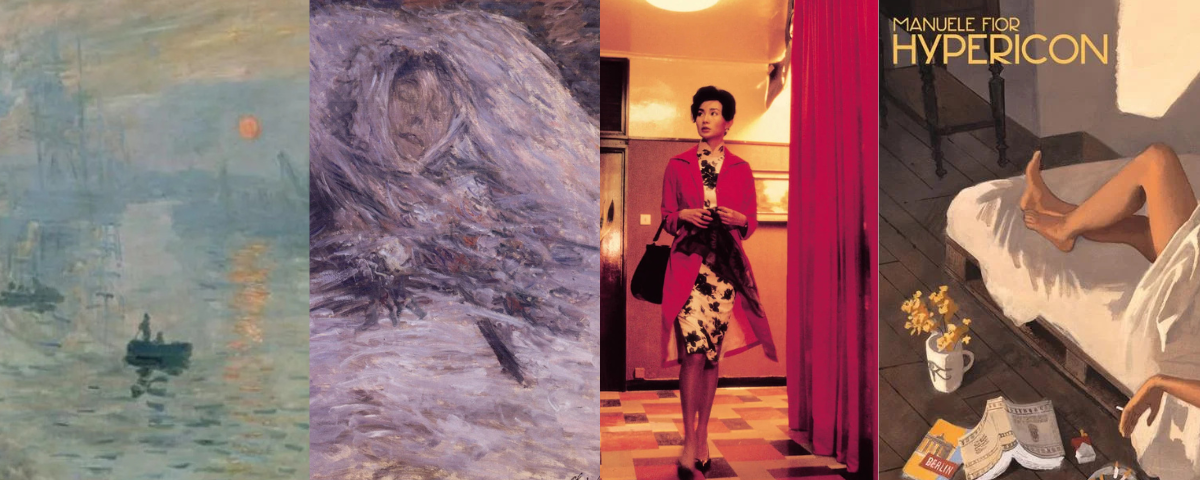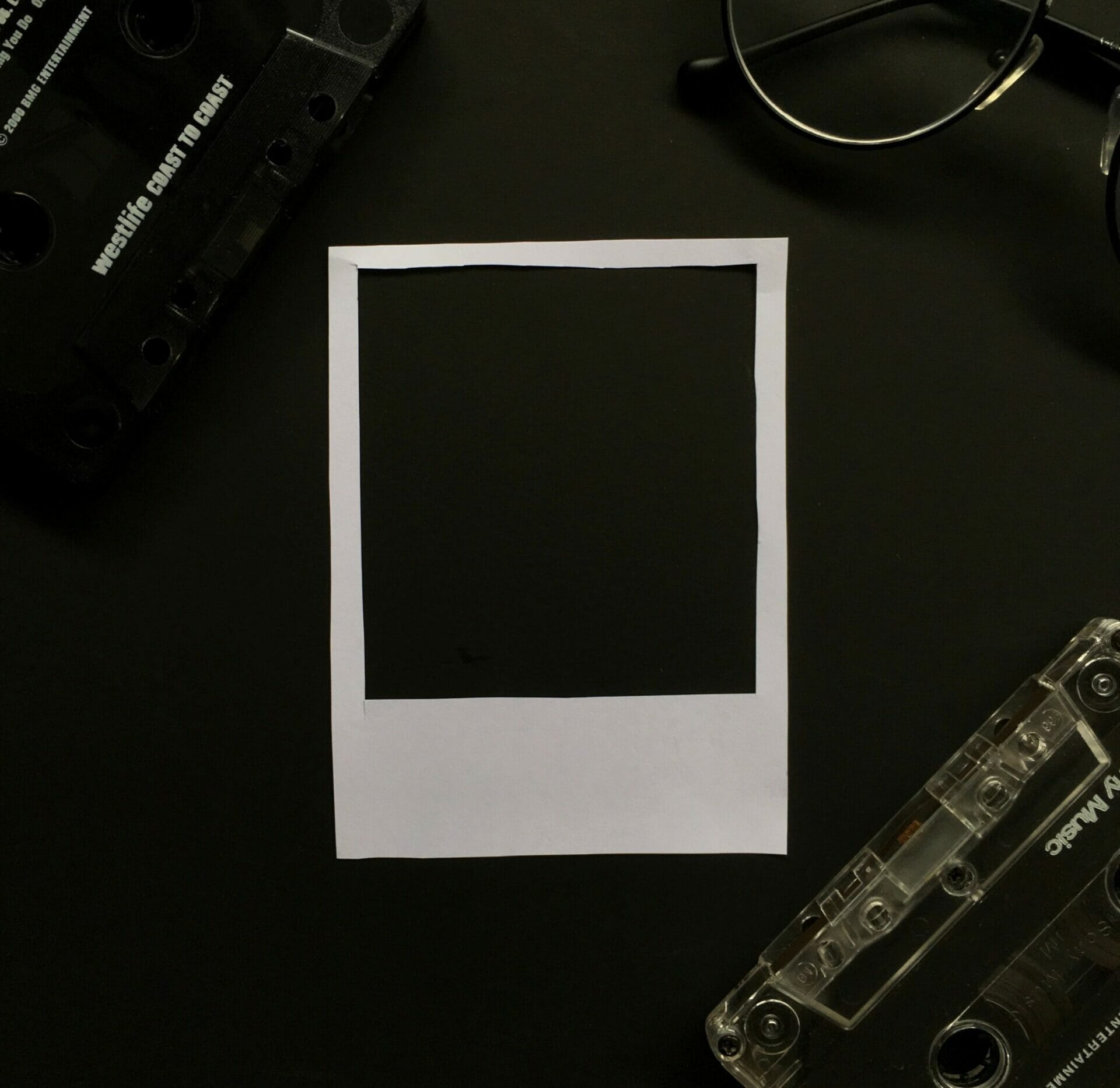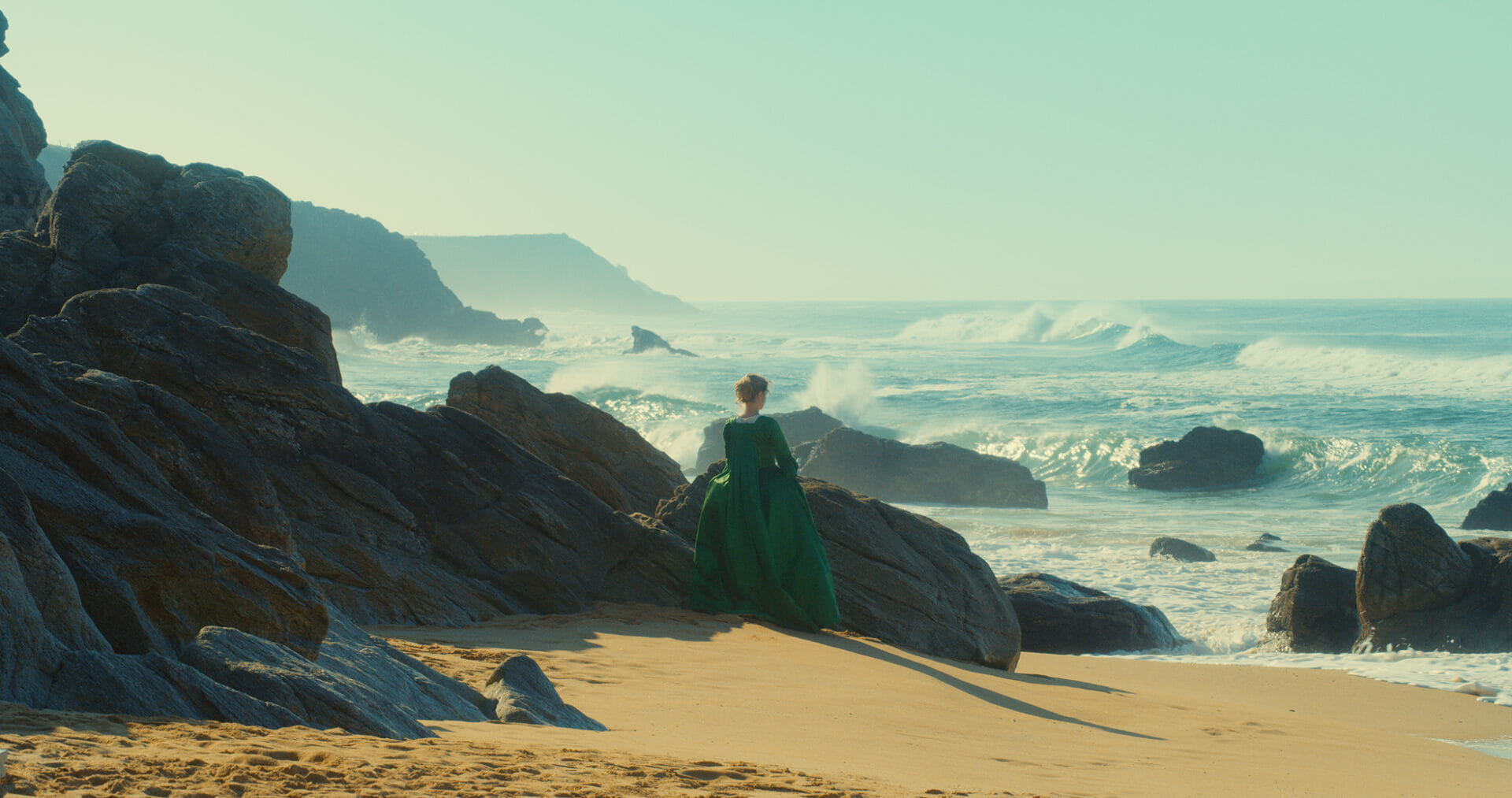
In the Mood for Love | Loneliness and Expectation
Year
Runtime
Director
Writer
Production Designer
Format
Genre
Subgenre
In the Mood for Love by Hong Kong movie director Wong Kar-wai shapes a sense of loneliness and expectation through cinematic language. The movie tells the story of a love drama that, thanks to Wong Kar-wai’s aesthetic, has become a visual legacy. Its original title means “the flowery years”. The whole story is a landscape of emotions, a complex mosaic of human feelings. Indeed, the director skillfully uses the camera to capture the range of sentiments on screen, making them almost tangible. He creates a nostalgic portrait of an era that will never return. And yet, he builds an emotional tribute to the universality of love that crosses every place and time.
In the Mood for Love is the second installment of an informal trilogy that includes Days of Being Wild (1990) and 2046 (2004). The movie is the second-best movie of the 21st century according to a BBC list put together in 2016 by movie critics from around the world. Additionally, in 2019 The Guardian ranked it fifth among the 100 best movies of the 21st century.
The Flowery Years
Hong Kong, 1962. Chow Mo-wan (Tony Leung), a local newspaper editor-in-chief, moves with his wife into a new building. On the same day, the secretary Su Li-zhen (Maggie Cheung) moves with her husband into the same building, next door to Chow’s apartment. Soon, Chow and Su discover their spouses are having an affair with each other. Sad and hurt, the two decide to work together and try to explain the reason for the unfaithfulness. Furthermore, they swear never to be like them. However, they slowly develop mutual empathy and fall in love anyway. Thus, their relationship turns into an unconventional romance. In the Mood for Love stages an unspoken passion full of loneliness and expectation. A love story made up of secret glances and soft touches as well as sexual tension that grows until the very last minute.
The movie premiered in 2000 at the 53rd Cannes Film Festival. It was nominated for the Palme d’Or and Tony Leung become the first Hong Kong actor to win the Best Actor Award. In November 2020, twenty years after its release, the movie premiered at the 38th Turin Film Festival in a restored 4K version.

Dressing a Mood for Love
Every single shot of In the Mood for Love is like an erotically charged painting composed of neckties and handbags, sesame soup, and rooms full of cigarette smoke. In addition, every outfit worn by Mrs. Chan looks like a piece of art, and her clothes help scan the flow of time. Thanks to the work of costume designer William Chang – who is also the editor and the production designer – Chow and Su’s wardrobe become an expression of their interiority. Indeed, costumes play an active role in the narrative and reflect the growing intimacy between the characters. William Chang and Wong Kar-wai have worked together in almost all of the director’s movies, forming an artistic alliance. Indeed, the movie sequel 2046 displays a similar focus on costumes.
Treating costumes as real characters that can communicate with the viewer is not uncommon in cinema. British costume designer Jacqueline Durran assumes a similar approach to William Chang in Joe Wright‘s Atonement (2007) with the iconic green dress worn by Keira Knightley.

Directing Loneliness and Nostalgia
Wong Kar-wai skillfully succeeds in using the camera to translate into images the desire and loneliness of the characters, the existential emptiness they desperately feel they need to fill. And he performs this through the use of the on-screen and the off-screen technique. Indeed, he crafts shots where anything superfluous, that doesn’t mesh with that “mood for love”, is left off-screen or made blurry. The movie becomes similar to a choreography. There is always a respectful distance between the characters and what they feel. Wong Kar-wai leaves nothing to chance. He measures everything to convey a sense of loneliness and nostalgia to the viewer: a hallmark of his cinema.
The same sentiments are dominant in the first chapter, Days of Being Wild. This movie is also set in 1960s Hong Kong, which coincides with Wong Kar-wai’s childhood period. In this way, the sentiments of the stories are also those of the director. A certain sense of detachment, nostalgia, and longing for a time that is gone forever.

Quizás, Quizás, Quizás
Visual aspects are not the only ones that have primary significance in the movie. Indeed, the music becomes theme-driven as well thanks to Nat King Cole who performs a cover of the popular song Quizás, Quizás, Quizás by Cuban songwriter Osvaldo Farrés. This song, which recurs several times in the movie, mixes with the editing punctuating the narrative. Mixing music and images is a very recurrent technique in Wong Kar-wai’s movies. The director proves that he does not see music merely as a decorative element. Instead, his movies use songs as a narrative device. Similar to what Canadian director Xavier Dolan does with music in his movies – most notably Mommy – but also comparable to Terrence Malick‘s style.
In the end, thanks to all these elements, In the Mood for Love shapes loneliness and expectation and evokes a sense of suspended love.
Tag
Buy a ☕ for Hypercritic











